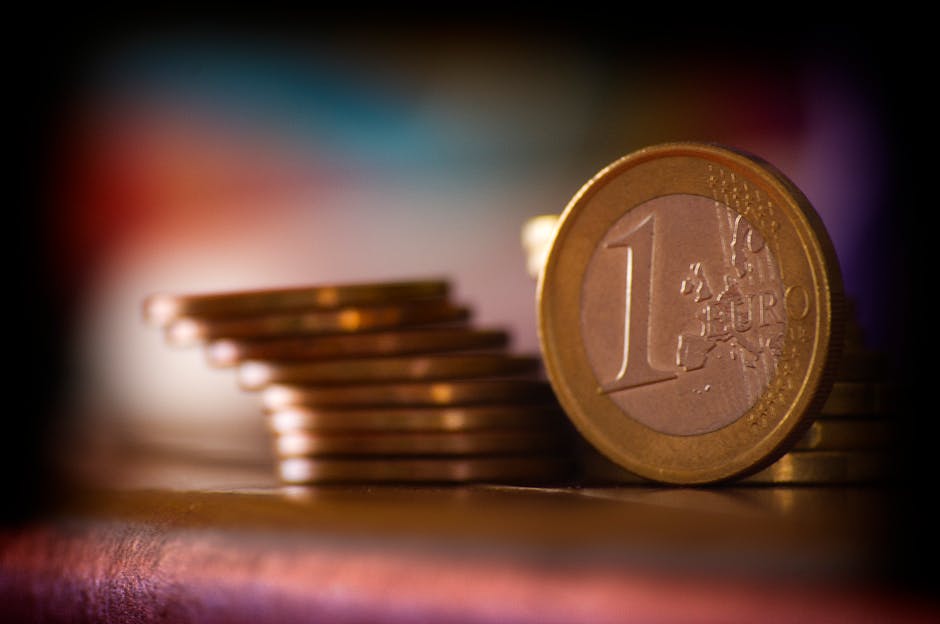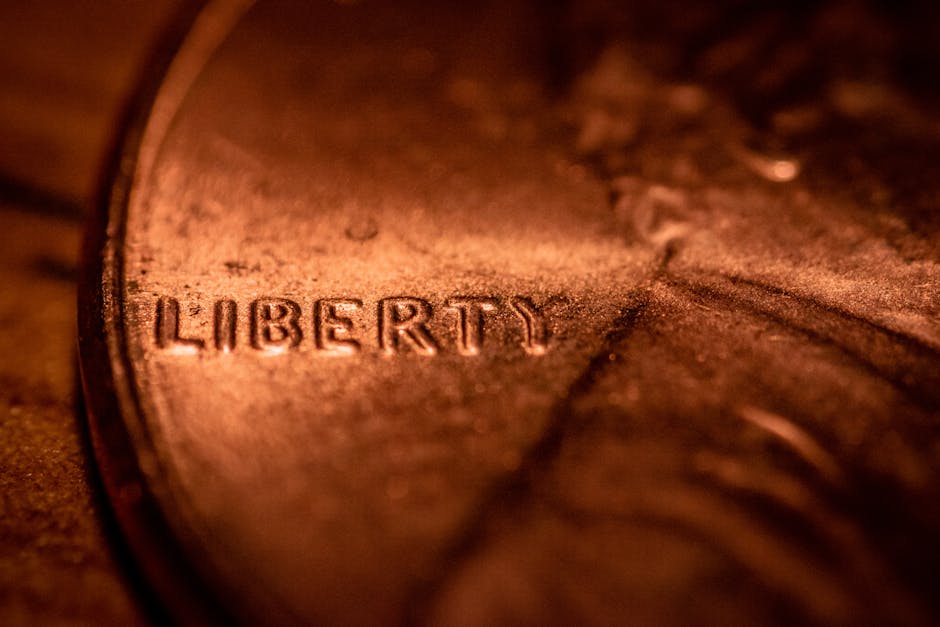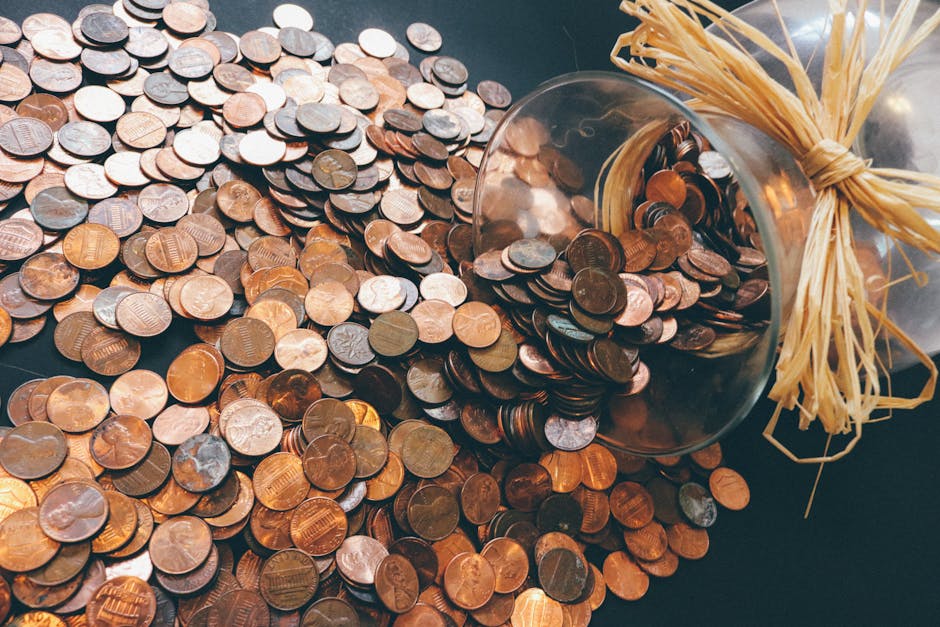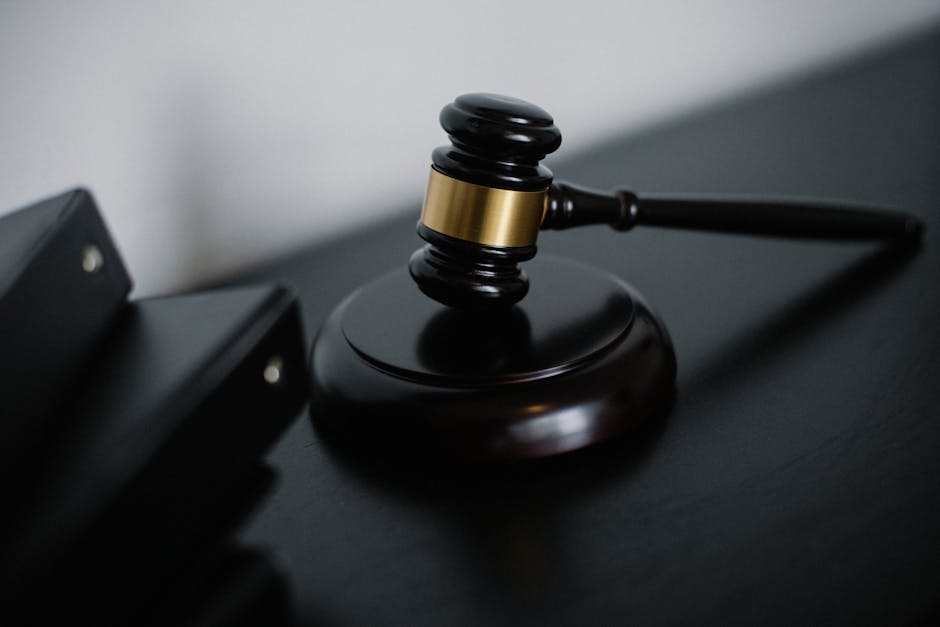1909 VDB Penny Production
In 1909, two mints were producing what would become one of the most notable coins in U.S. numismatic history: the 1909 VDB Lincoln Wheat Penny. At the Philadelphia Mint, 27,995,000 coins featuring the VDB initials were produced.1 These pennies, marked with the designer Victor David Brenner's initials, represented a significant portion of that year's output and were released into circulation without a mint mark.
At the San Francisco Mint, a much smaller number of VDB pennies were minted. Only 484,000 of these coins were produced with the "S" mint mark before the decision was made to remove the VDB initials from the design.2 This lower production figure at the San Francisco Mint contributes to the 1909 S VDB penny's rarity and appeal among collectors.
These production figures help explain why the coins, especially the San Francisco issues, are sought after by collectors. Their limited run, combined with the changes to the coin's design, make them unique examples of a specific moment in numismatic history. Understanding these production numbers helps collectors and enthusiasts appreciate the significance of finding a 1909 S VDB penny.

Removal of VDB Initials
The events surrounding the 1909 pennies and the VDB initials are a notable chapter in numismatic history. Victor David Brenner, a well-known sculptor, designed the new Lincoln Wheat Penny after creating a bas-relief portrait of President Lincoln.3 Given Brenner's contribution, it was decided that his initials would be placed on the coin's reverse at the bottom. However, this decision would soon lead to controversy.
At the time, it was unusual for a designer's initials to be prominently featured on a coin. Many saw this as Brenner giving himself undue recognition, although adding one's initials to artwork is common practice in other art forms. Nevertheless, the placement of Victor's initials on the penny caused some disagreement.
The U.S. Mint itself expressed concern. Charles E. Barber, the Chief Engraver at the time and an experienced coin designer, was particularly opposed to the change. Beyond aesthetic concerns, there were suggestions of professional rivalry, as his own designs did not feature such a signature.4 As pressure mounted, the Treasury Department had to consider both public opinion and the coin's design.
The solution was to remove the VDB initials from the penny shortly after production began. This decision led to the existence of two types of Lincoln pennies that year: those with VDB and those without. What was intended as recognition for Brenner instead became a point of numismatic interest, with the presence or absence of those three letters significantly impacting a coin's collectibility and value.
Interestingly, the initials were discretely reintroduced in 1918 on the obverse side of the coin, beneath Lincoln's shoulder.5 This time they were much smaller and less controversial, demonstrating that a compromise could be reached.
This story of artistry, controversy, and compromise is an integral part of the history and identity of the Lincoln Wheat Penny. It shows that even small details on a coin can have a significant impact on its place in numismatic lore.

Current Availability
In the world of numismatics, stories of discovery, loss, and survival are common, and the 1909 VDB Lincoln Wheat Penny is no exception. It's natural to wonder how many of these coins, initially minted in large quantities and involved in a design controversy, have survived to the present day. This question interests collectors and historians, as it sheds light on the durability of our monetary artifacts.
To understand this, one must consider the factors that have impacted the 1909 VDB pennies since their creation, such as circulation, loss, and collector intervention. With over 28 million initially minted (including both the P and S mint marks), these coins had a strong starting point.6 However, they would face challenges over time.
The primary factor affecting their survival is circulation. These pennies were intended for everyday use, and over the years, many VDB pennies have been lost due to normal wear and tear. They can be misplaced, forgotten in collections, or lost in environments where coins often disappear. Even the most well-preserved coins can show signs of use, so those that remain may not always be in perfect condition.
However, the story also involves the efforts of numismatists and collectors who have sought to protect and preserve these pieces of history. The controversy and subsequent changes to the coin's design have motivated collectors to seek out and safeguard these coins. Many were removed from circulation before extensive damage could occur, and they are now kept in protective cases and albums.
Estimating the exact number of remaining 1909 VDB pennies is challenging. However, experts suggest that a significant portion has survived due to preservation efforts. For the more common 1909 Philadelphia issue without the S mint mark, it's believed that many still exist, although in varying conditions. The survival rate for the rarer 1909 S VDB penny is understandably lower, but precise figures are difficult to determine.
Considering factors such as initial mintage numbers, collector interest in uncirculated and well-preserved specimens, and general losses over time, educated estimates suggest a broad range. For the 1909 S VDB, possibly a few tens of thousands may remain, either in collections or as undiscovered treasures.7 The survival number for their Philadelphia counterparts is likely higher due to the larger mintage and widespread early collecting resulting from the VDB controversy.
While exact figures are elusive, the story of the 1909 VDB pennies is one of endurance, intrigue, and the dedicated efforts of those committed to preserving numismatic history. Each surviving VDB penny represents not only a piece of the past but also a testament to the appeal and fascination of coin collecting.

Value Determination
Several factors influence the value of the 1909 VDB Pennies, and understanding these factors can help collectors navigate the sometimes surprising world of coin valuation. Let's explore the key aspects that determine whether these copper coins are highly prized or more affordably collected.
Condition Holds the Key
In coin collecting, the condition or grade of a coin is crucial. The condition of a 1909 VDB Penny can significantly impact its value. A penny with sharp details, where Lincoln's features and the VDB signature are crisp and clear, will command a higher price. This is especially true for uncirculated coins, such as the MS-68 RD (Red) examples. However, even circulated specimens can hold value for collectors, particularly when they show minimal wear and retain much of their original detail.
Rarity Steps Into the Spotlight
The rarity of a coin plays a significant role in its value, and the 1909 VDB Pennies are no exception. The San Francisco minted coins, bearing the "S" mintmark, are considerably scarcer than their Philadelphia counterparts. This rarity makes them highly desirable among collectors. While the Philadelphia coins are more readily available, they still hold a place in many collections due to their historical significance.
Demand: The Roaring Crowd That Sets the Stage
Collector demand is a driving force behind the value of 1909 VDB Pennies. As more collectors seek to add these coins to their collections, prices can rise. This demand is evident in auction results, online sales, and collector discussions. The ongoing interest in these coins helps to maintain their market value and ensures that they remain a significant part of numismatic history.
In conclusion, the value of 1909 VDB Pennies is determined by a combination of condition, rarity, and demand. While the path to determining a coin's worth can be complex and subject to change, one thing remains clear: these coins, with their intriguing history and enduring appeal, continue to captivate collectors and play a notable role in the world of numismatics.

Notable Sales
In the history of the auction world, the 1909-S VDB has achieved impressive records that would impress even experienced collectors. For example, a 1909-S VDB Penny, its surfaces shining with a red luster, graded at MS-68 RD by PCGS, sold for $168,000 at a Stack's Bowers auction in 2022. This penny became more than just a coin, but a valuable collector's item.1
The Philadelphia minted 1909 VDB, especially in its proof form, also commands high prices. These proofs, struck with precision and care, were intended for collectors rather than circulation. One such specimen, with well-defined details and a mirror-like surface, sold for $60,000 at a 2009 Heritage Auction. This proof penny, graded PF-66 red, showed that high quality leads to high value.2
Even a 1909-S VDB graded MS-66 BN (Brown) achieved a significant price. Sold at a private transaction for an undisclosed amount rumored to be near six figures, this coin proved that color is only one factor in desirability. This 1909-S VDB attracted collectors who appreciate the historical significance of the coin.
There is also an unconfirmed report of a 1909-S VDB Penny in pristine RD condition that may have sold for nearly a quarter of a million dollars in a private sale. While the details remain unverified, the story illustrates the passion driving the world of coin collecting.
These notable sales represent the enthusiasm of collectors, the preservation of history in coin form, and the value that can exceed the face value of a coin. The 1909 VDB Pennies continue to be sought-after items that are prized by collectors. Each sale demonstrates their enduring appeal in the world of numismatics.

Counterfeit Detection
The 1909 VDB penny is a coin surrounded by history and sometimes, counterfeiting. While collectors desire to own such a numismatic favorite, forgers often create fakes that could deceive even the most discerning eye. However, you can learn to distinguish genuine coins from deceptive imitations.
The key to identifying a genuine 1909 VDB penny is in the small details that counterfeiters often overlook.
- The VDB Initials
The VDB initials are located at the base of the coin's reverse. In genuine pieces, these letters are clear, distinct, and well-defined. Compare the coin to known authentic examples; forgeries might show differences in font size, thickness, or positioning. - The 'S' Mint Mark
For the 1909 S VDB, the San Francisco mint mark 'S' is a key indicator of authenticity. A genuine 'S' has a specific shape and depth that forgers often have difficulty replicating exactly. Trust your judgment, but verify with comparisons. - Lincoln's Portrait
Abraham Lincoln's portrait contains many details. Genuine pennies show a level of intricacy that brings Lincoln's image to life, with well-defined hair strands and facial features. Forgeries often fail to capture this level of detail, making Lincoln's portrait appear less realistic. - Colour and Lustre
Many collectors are drawn to a penny's red luster, thinking it indicates a 'Red' grade. Be cautious – counterfeiters can alter a coin's appearance. A genuine Red is captivating, but its authenticity is determined by evenness and depth under examination.
Protect yourself against forgeries with tools like a magnifying glass or professional grading services. Examine the coin closely, compare it to known examples, and ask questions. When uncertain, consult experts for their evaluation or advice. Certification by respected organizations validates your penny's authenticity and guards against counterfeits.3
Learn from the knowledge shared within collecting communities – forums where fellow enthusiasts gather to share information and experiences. Collective vigilance is a powerful defense against deception.
When searching for your desired 1909 VDB penny, use your knowledge to thoroughly examine the coin. Look past superficial aspects to identify genuine examples among imitations.
By carefully evaluating every detail, you can find an authentic 1909 VDB penny to add to your collection—a success not just in acquisition but in discernment.

The story of the 1909 VDB Penny is not just a part of numismatic history; it demonstrates the lasting appeal of collecting. Each penny, whether in a museum or a private collection, represents the value and historical significance that collectors appreciate and preserve.
Writio: The AI writing tool for website publishers. This article was written by Writio.
Leave a Reply